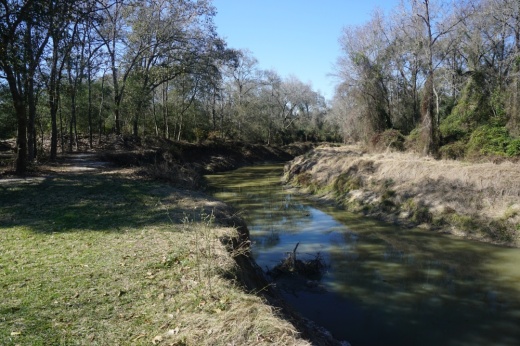On April 1, all existing flood insurance policies under the National Flood Insurance Program saw an update to their pricing methodology under a new risk evaluation system, Risk Rating 2.0.
The National Flood Insurance Program allows for the purchase of federally backed flood insurance, which is required for buildings in high flood-risk areas that have federally backed loans. NFIP premiums vary depending on the area’s flood risk.
The Federal Emergency Management Agency announced Risk Rating 2.0 on April 1, 2021, and put the first phase into effect for new policyholders on Oct. 1, 2021. As of April 1, 2022, all policyholders are now subject to the new risk rating model.
In its announcement, FEMA said the shift would address “inequities in the existing pricing methodology,” that resulted in some households being overcharged for their policies while others were undercharged. FEMA did not respond to Community Impact Newspaper’s request for comment.
Additionally, the new regulation will cap increases for individual policies at 18%. According to FEMA’s fact sheets, under the old regulation, prices would increase “indefinitely.”
FEMA's official flood insurance rate maps are not expected before this summer, Community Impact Newspaper previously reported. Harris County Flood Control District officials confirmed preliminary maps had been sent to FEMA in January.
Individual community flood insurance premium ratings can be affected by meeting requirements through FEMA's Community Rating System. The city of Bellaire was downgraded from a 10 to a 7 in September, Community Impact Newspaper previously reported—costing discounts for residents.
The map below shows the count of Houston flood insurance policies through the NFIP as well as the percentage of projected price changes in the Houston area under Risk Rating 2.0.
Select your community
Support Us
News
- Austin Metro
-
Houston Metro
- Houston Metro Home
- Bay Area
- Bellaire | Meyerland | West University
- Conroe | Montgomery
- Cy-Fair | Jersey Village
- Cypress
- Heights | River Oaks | Montrose
- Katy | Fulshear
- Lake Houston | Humble | Kingwood
- New Caney | Porter
- Pearland | Friendswood | Manvel
- Spring | Klein
- Sugar Land | Missouri City
- The Woodlands
- Tomball | Magnolia
- Dallas | Fort Worth Metro
- San Antonio Metro





